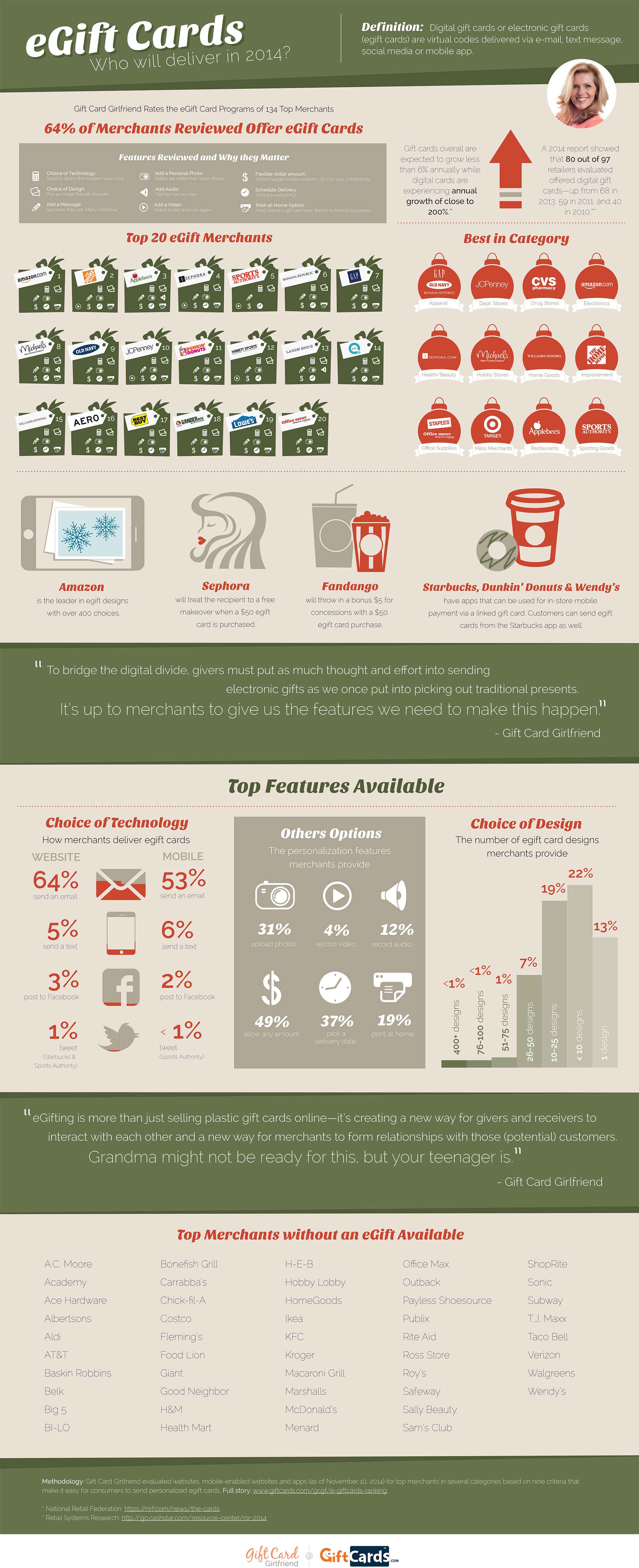Personalized glass honors evoke an undeviating spirit of dedication and excellence. They cultivate a society of acknowledgment that goes beyond hierarchical boundaries.
Wheel engraving is displayed on a goblet likely made in the 1700s covered with complex Chinese-style themes. These concepts introduced obligation to the Jacobite reason. This is a remarkable example of how imported Oriental products influenced European style patterns.
Beginnings
As glassmaking ended up being a lot more innovative, engravers became aware that a layout included in an item of glass changed it from functional into desirable. They try out a range of scraping, abrading and cutting strategies.
One of the most skilled engravers produced fine detailed work. Anna Roemers Visscher, that was a glass cutter and engraver, was renowned for her fragile blossoms, motivated by the nature publications prominent in her time.
Engravers likewise carved fine linework into glass. By the end of the 17th century, engravers had begun to abandon straight quality in favour of crosshatched chiaroscuro results. Among the earliest instances is taped on a container by a Rotterdam engraver who signed his work with a scribbled freedom and vigour that raised it over the remainder.
Etching remained to be a prominent technique, although it was increasingly eclipsed by cut glass and brand-new strategies such as etching, which was more affordable than etching. Nevertheless, economic pressures after c1905, together with declining quality of cut glass, saw a rise in the appeal of personalized glass, called rock crystal.
Methods
Glassmakers utilized a variety of techniques to mark or decorate the surface of a vessel, usually incorporating various approaches. One technique called stipple engraving, as an example, makes use of a factor of tungsten or diamond to make small dots on the glass surface which create contrasting white lines when light sparkles with them.
Engraved glass awards are valued for their style and stature. They mirror the deep esteem and regard that companies hold for their employees and cultivate a society of excellence.
The translucency of glass embodies the openness and sincerity of company recognition, motivating recipients to take stock of their success and review their trip in the organization. Moreover, the ability of personalized glass to present individualized text and images permits the development of highly unique and purposeful awards that evoke the feeling of grandeur connected with this remarkable product.
Designs
From the sleek lines of company honors to the etched message on glass prizes, engraved crystal is an elegant sign of recognition. Whether presented on someone's workdesk or kept as a memento, these individualized pieces share a sense of status and professionalism that is hard to discover in other products.
The style of engraved glass has actually changed with time to show changing preferences and technological breakthroughs. The ancient technique of copper-wheel inscription has opposed predictions of obsolescence, and new methods like etching are taking over where stippling as soon as held sway.
The earliest diamond-point engraving, of the 16th century, is stiff and official. It gradually ended up being much more flexible and pleasing, but can quickly deteriorate into over-elaboration. In the 19th century Thomas Webb & Sons presented "rock crystal" with deep cutting and copper-wheel engraving, which copied high-end vessels cut of rock crystal in Europe and the Orient (see Ewer by Webb & Sons). The company's primary engravers were Bohemian immigrants Frederick Engelbert Kny and William Fritsche, that signed their collaborate with a monogram G.
Significance
Personalized glass was costly and searched for. This was since it entailed the most requiring glass refining technique and relied on the precision and initiative of an experienced artisan. The highest point of inscribing came in the 17th century and was quite a part of the Baroque and Rococo periods.
Throughout this time, engraved cups could be utilized to connect messages of social condition. They would certainly display family members crests and political allegiances. They can also display one's preference for the current style and design fads.
Today, engraved glass is still a crucial art kind. Nevertheless, breakthroughs in technology and laser innovation have structured the process and made it extra accurate. The resulting complex designs are both spectacular and sturdy. Moreover, brand-new sorts of glass have been established gift ideas for grandparents to react better to lasers. This has increased the possibilities for artists and developers. It additionally reduces the ecological influence of the process. For instance, optical crystal is an excellent option for personalized awards because it is clear and shows light well.
